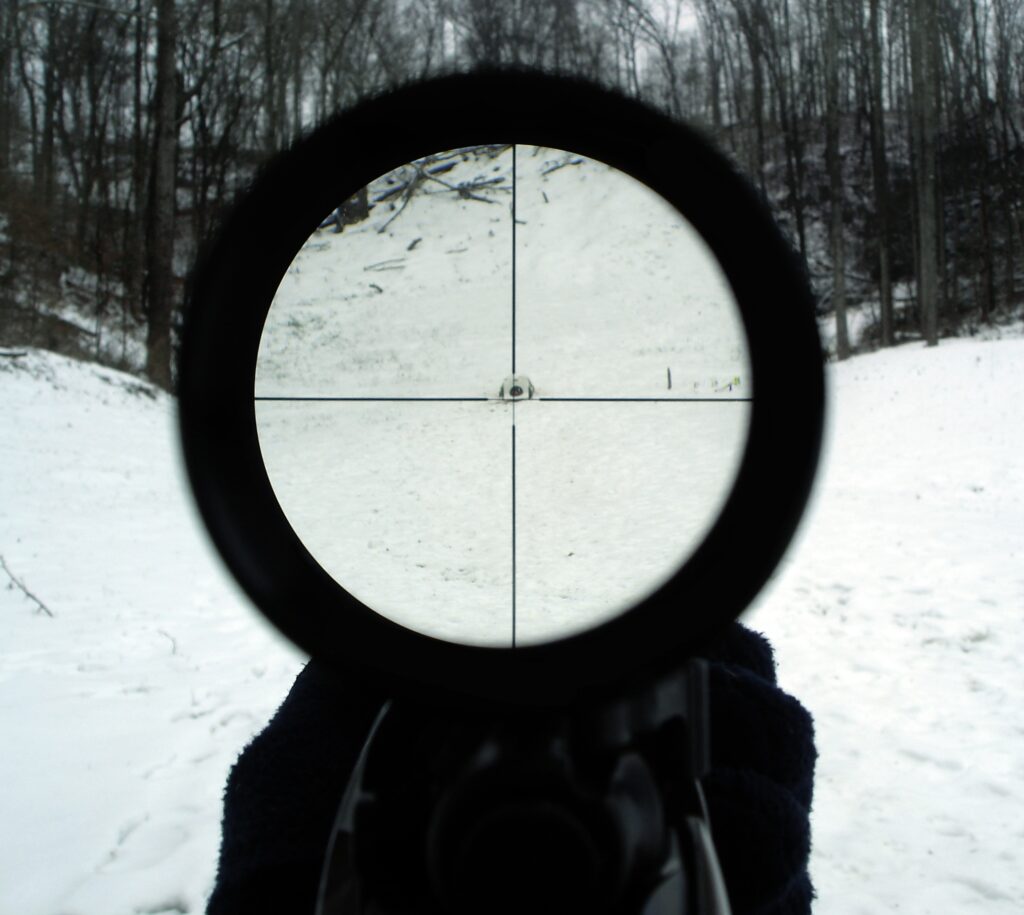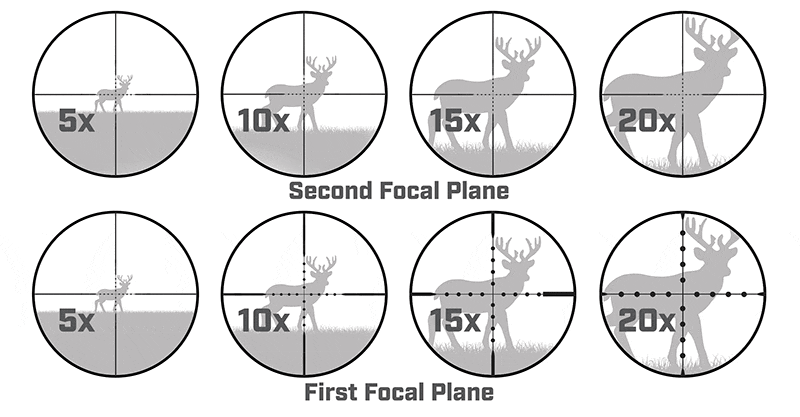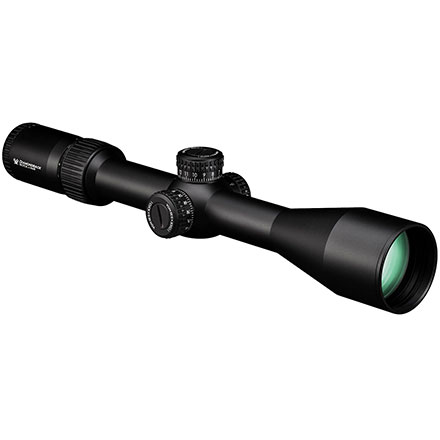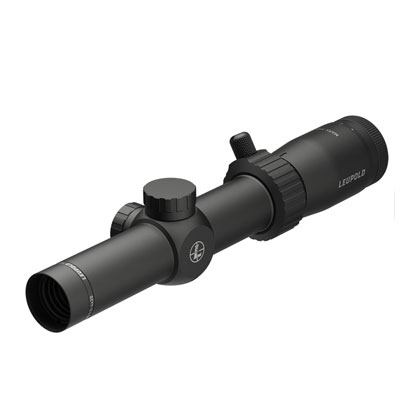
For the avid marksman or the seasoned hunter, the choice of optics in a rifle scope can make a significant difference in accuracy and precision. Among the key decisions to be made is whether to opt for a first plane (FFP) or a second plane (SFP) optic. Each has its advantages and considerations, and understanding the disparities between them can empower shooters to make informed decisions that suit their specific needs and preferences.
The Fundamentals: What is First Plane and Second Plane Optics?
Before delving into the divergences, let’s clarify what distinguishes first plane and second plane optics in rifle scopes:
First Plane Optics (FFP):
In a first focal plane optic, the reticle maintains its size relative to the target as the magnification level is adjusted. This means that the reticle’s subtensions remain consistent across all magnification settings. When the magnification is increased, both the image of the target and the reticle enlarge simultaneously.
Second Plane Optics (SFP):
Conversely, in a second focal plane optic, the reticle remains a constant size regardless of changes in magnification. This means that the reticle’s subtensions only correspond to the target’s dimensions at one specific magnification setting, typically the highest power setting. When magnification is adjusted, the reticle appears to shrink or enlarge in relation to the target.

The Variances: Performance and Application
The choice between first plane and second plane optics largely depends on the intended application and personal shooting preferences. Here are some key differences to consider:
-
Reticle Subtensions: One of the primary advantages of first plane optics is that the reticle subtensions remain consistent across all magnification levels. This allows for accurate holdover and ranging at any magnification setting. On the other hand, in second plane optics, the reticle subtensions are only accurate at a specific magnification setting, typically the highest power.
-
Target Acquisition and Tracking: Second plane optics often offer a clearer and less cluttered sight picture at lower magnifications since the reticle remains a constant size. This can facilitate faster target acquisition and tracking, especially in dynamic shooting scenarios. However, at higher magnifications, first plane optics may provide better precision for aiming due to the consistent relationship between the reticle and target.
-
Long-Range Shooting and Holdover: For shooters engaging targets at varying distances or engaging in long-range shooting, first plane optics are often preferred. The ability to maintain consistent subtensions regardless of magnification simplifies holdover and ranging calculations, enhancing accuracy over extended ranges.
-
Price and Availability: Historically, second plane optics have been more common and generally more affordable compared to their first plane counterparts. However, as technology advances and demand for first plane optics grows, the price gap has narrowed, and shooters now have a broader range of options available at various price points for both types of optics.
-
Personal Preference: Ultimately, the choice between first plane and second plane optics often comes down to personal preference and shooting style. Some shooters may prefer the simplicity and clarity of a second plane reticle, while others prioritize the versatility and precision offered by a first plane reticle.
Example of First Focal Plane Optic:
 Diamondback Tactical 6-24×50 First Focal Plane
Diamondback Tactical 6-24×50 First Focal Plane
Example of a Second Focal Plane Optic:
In the realm of rifle optics, the decision between first plane and second plane optics is a crucial one that can significantly impact performance and shooting experience. Understanding the differences in reticle behavior, target acquisition, and application can help shooters make informed decisions that align with their specific needs and preferences. Whether it’s maximizing precision for long-range shooting or optimizing speed and versatility for dynamic scenarios, choosing the right optic can elevate the shooting experience and enhance overall performance in the field.
For a complete list of rifle scope optics visit www.midsouthshooterssupply.com









